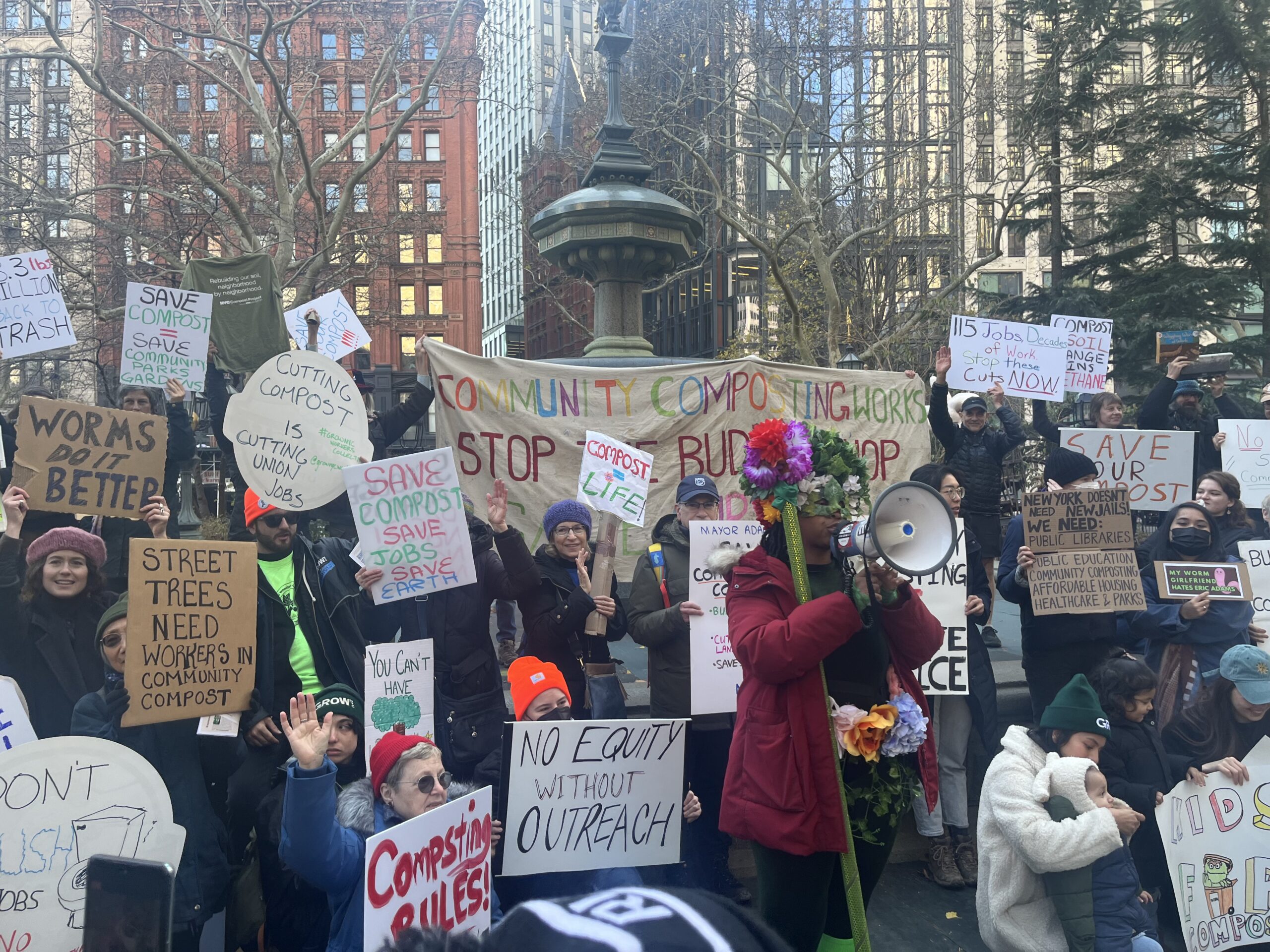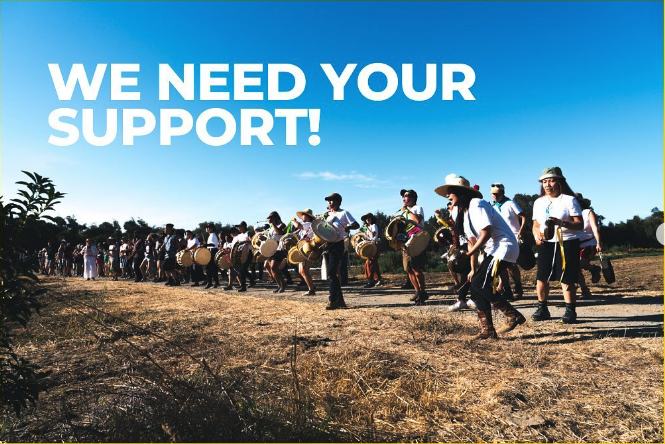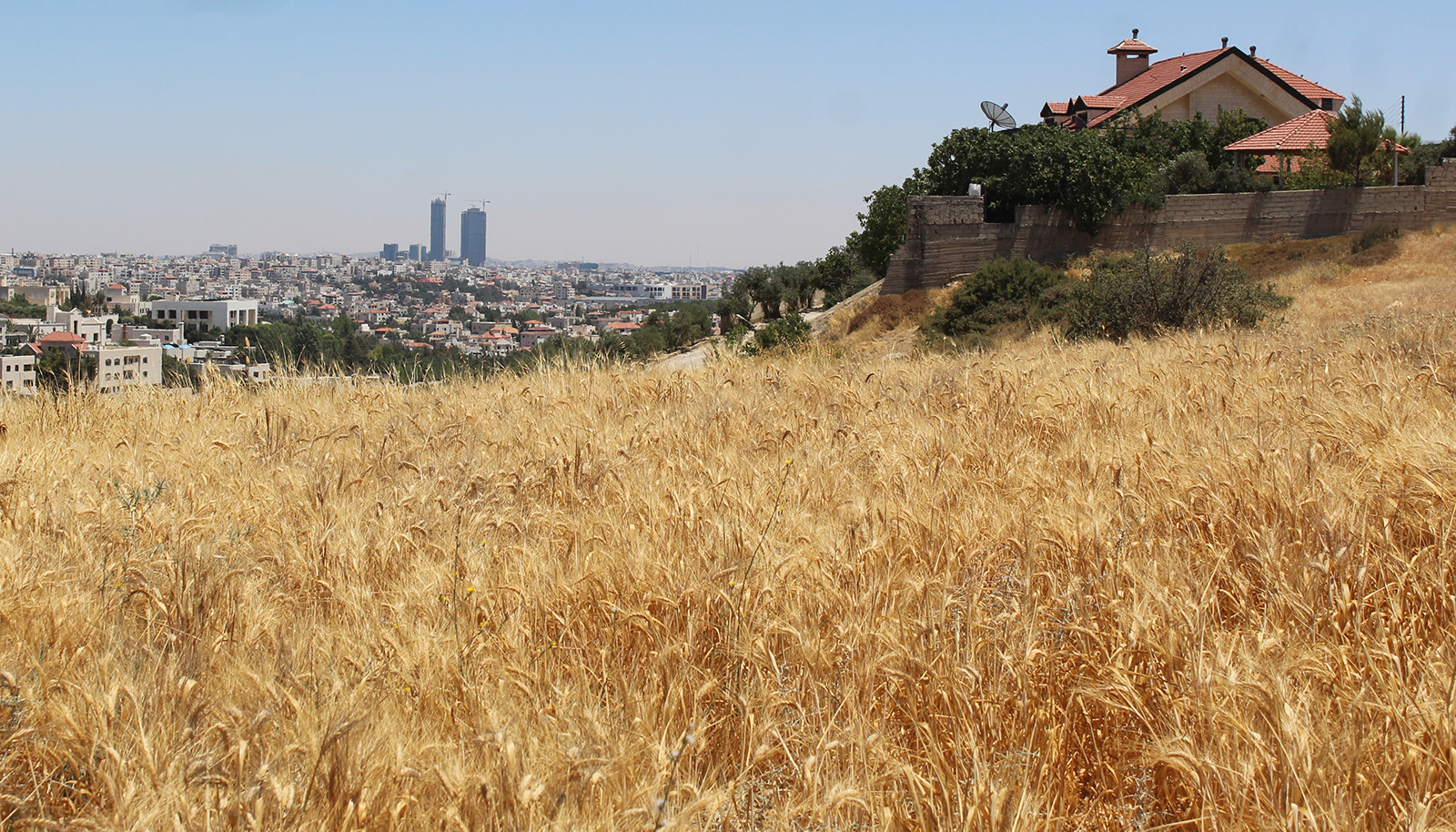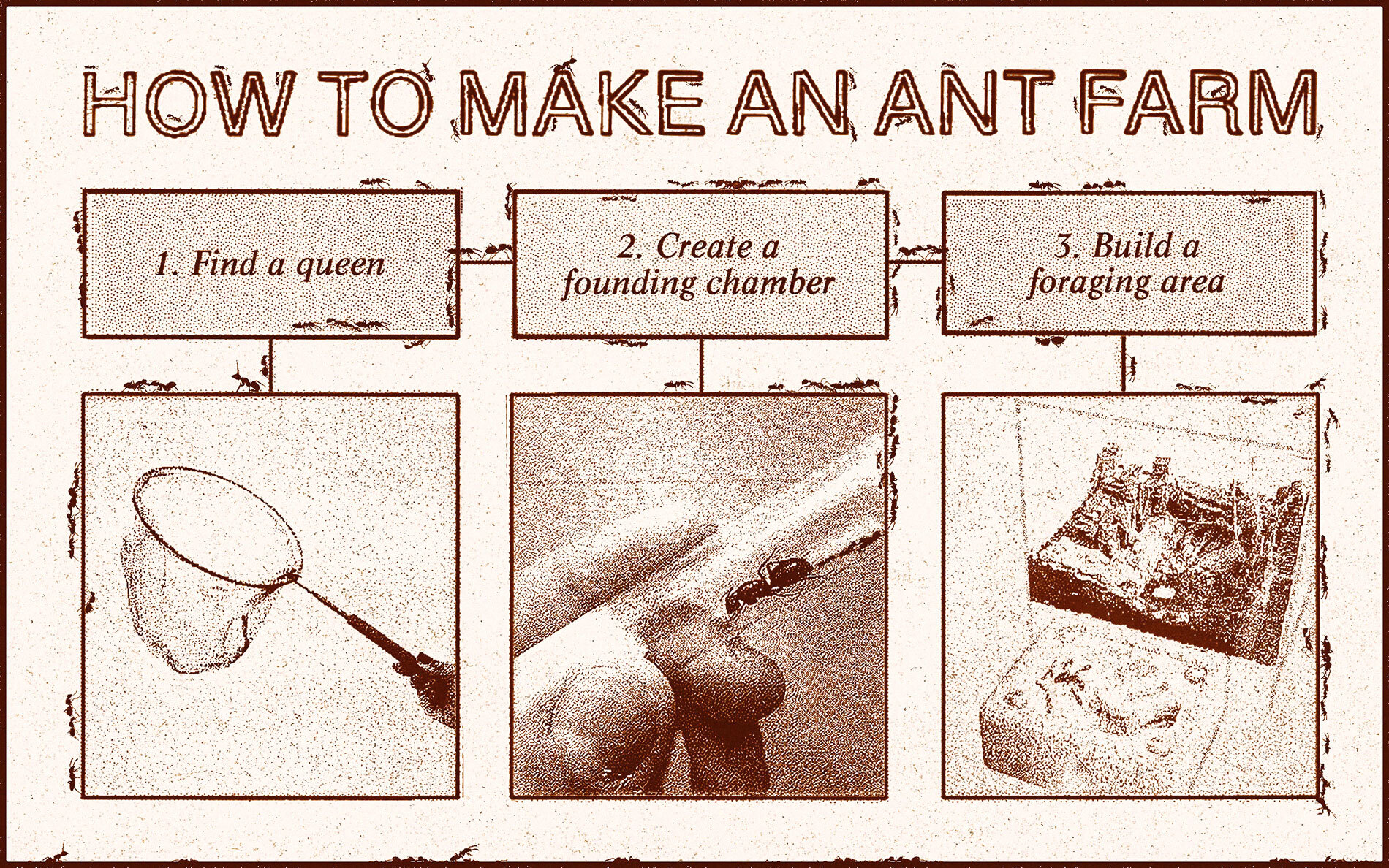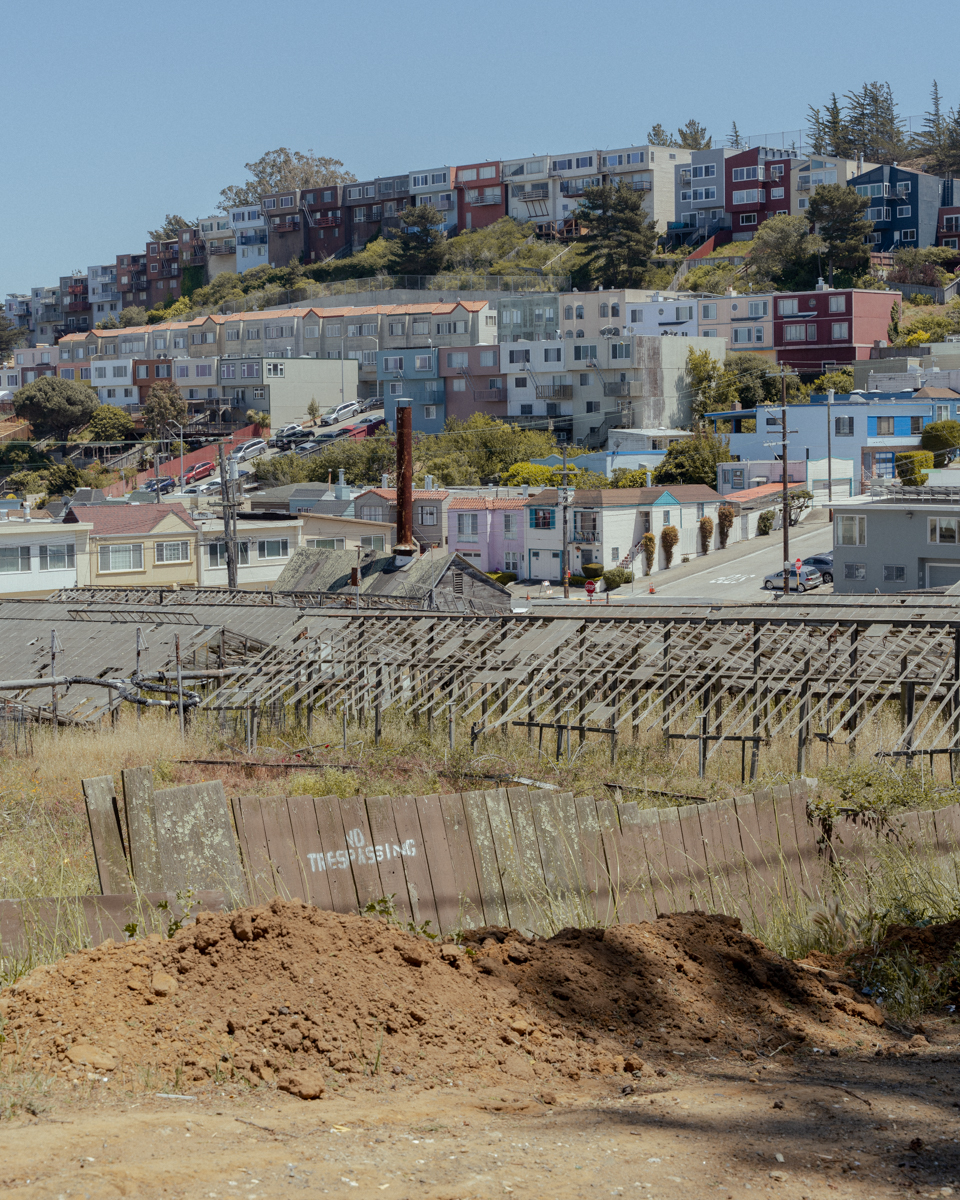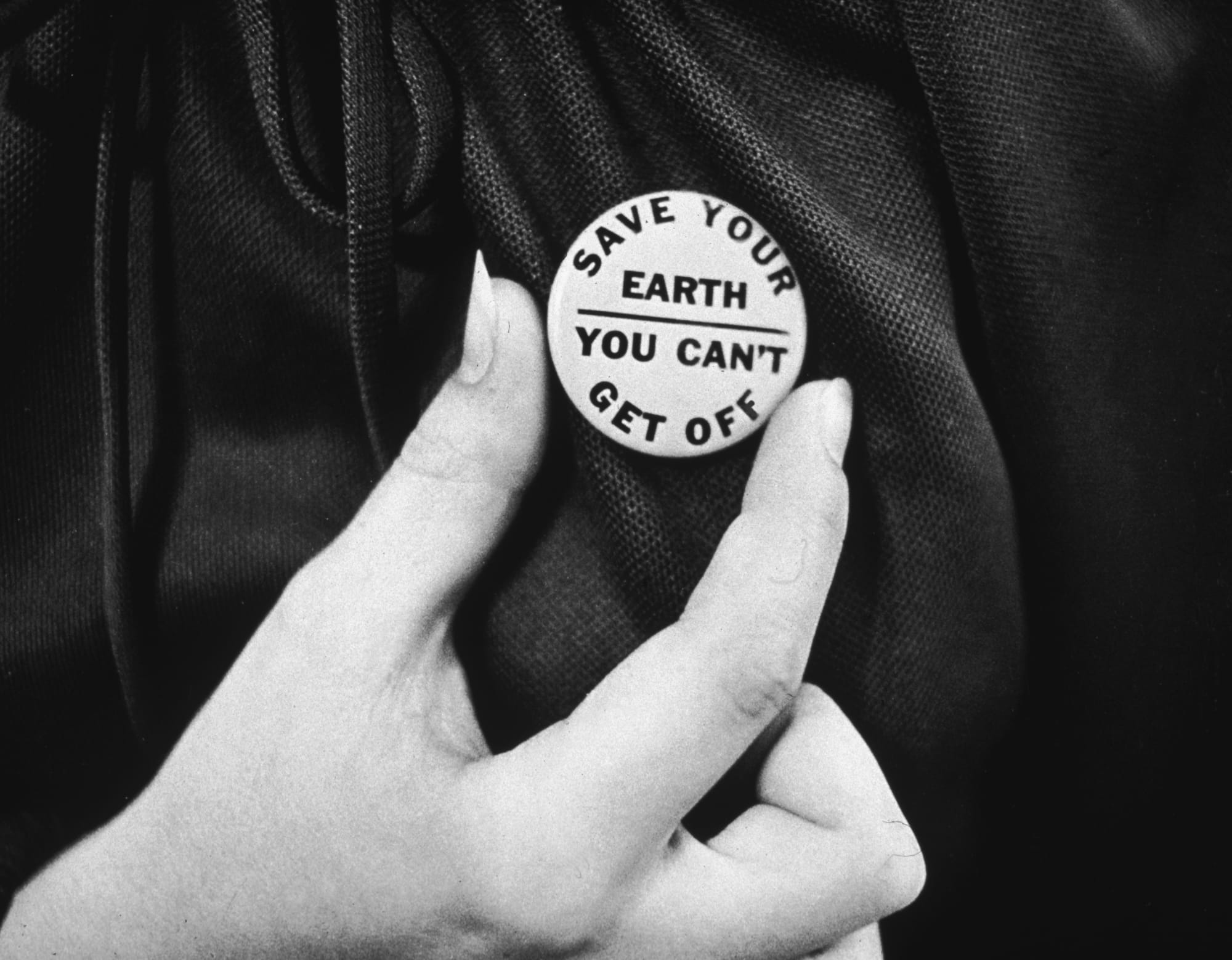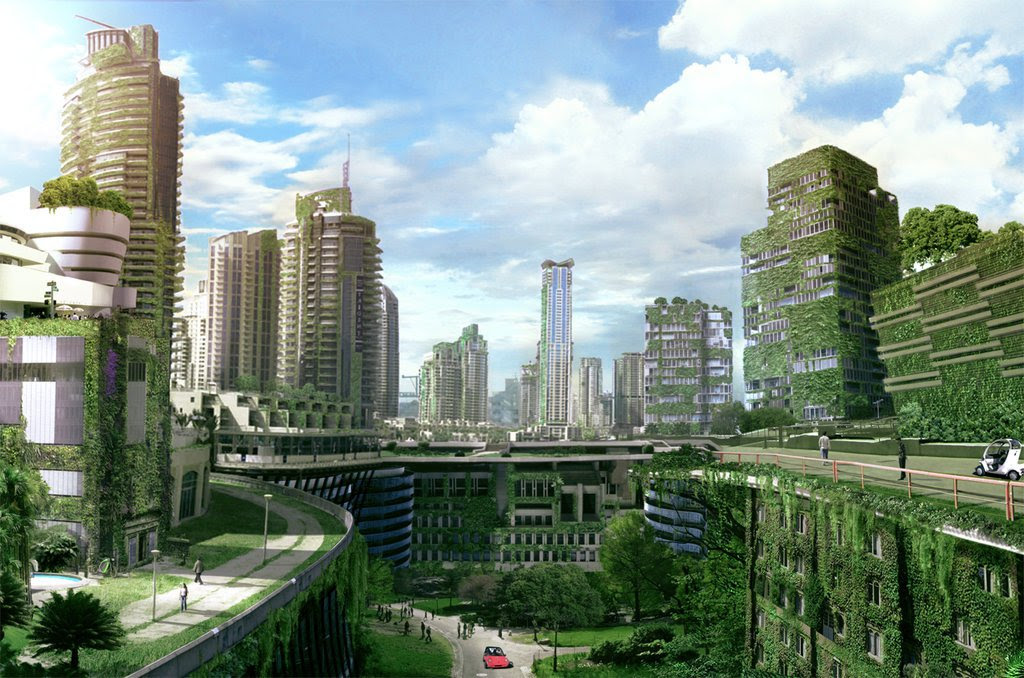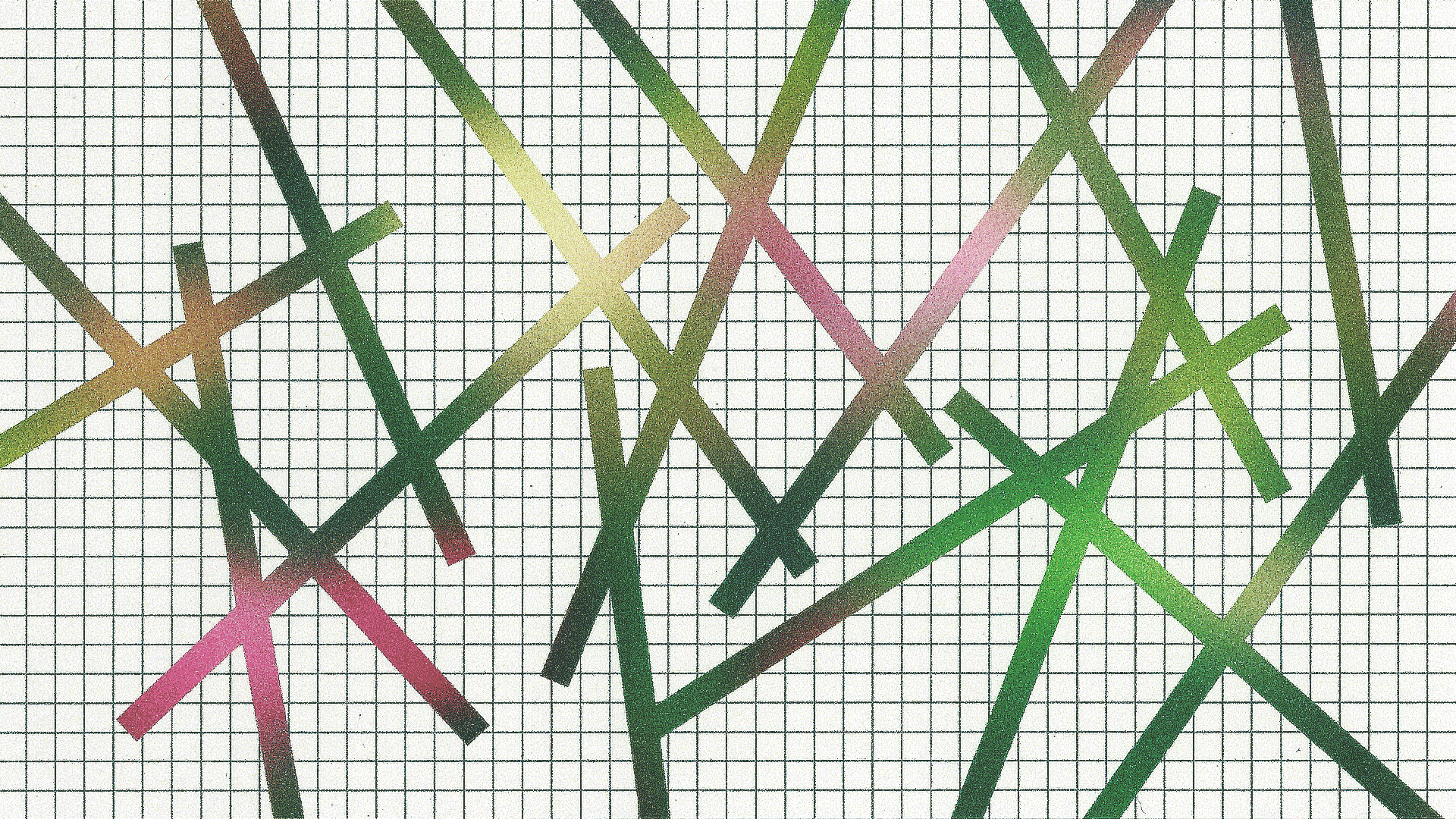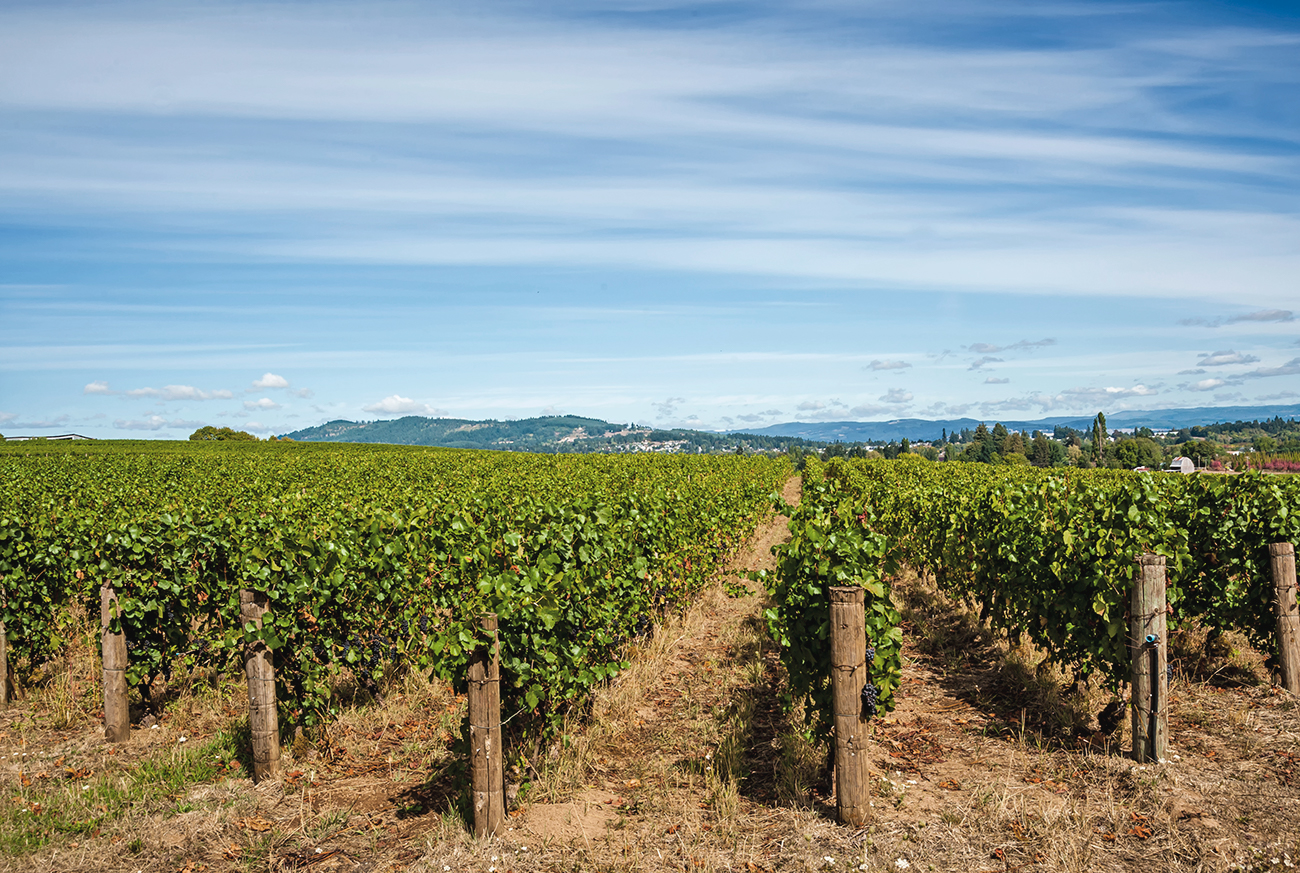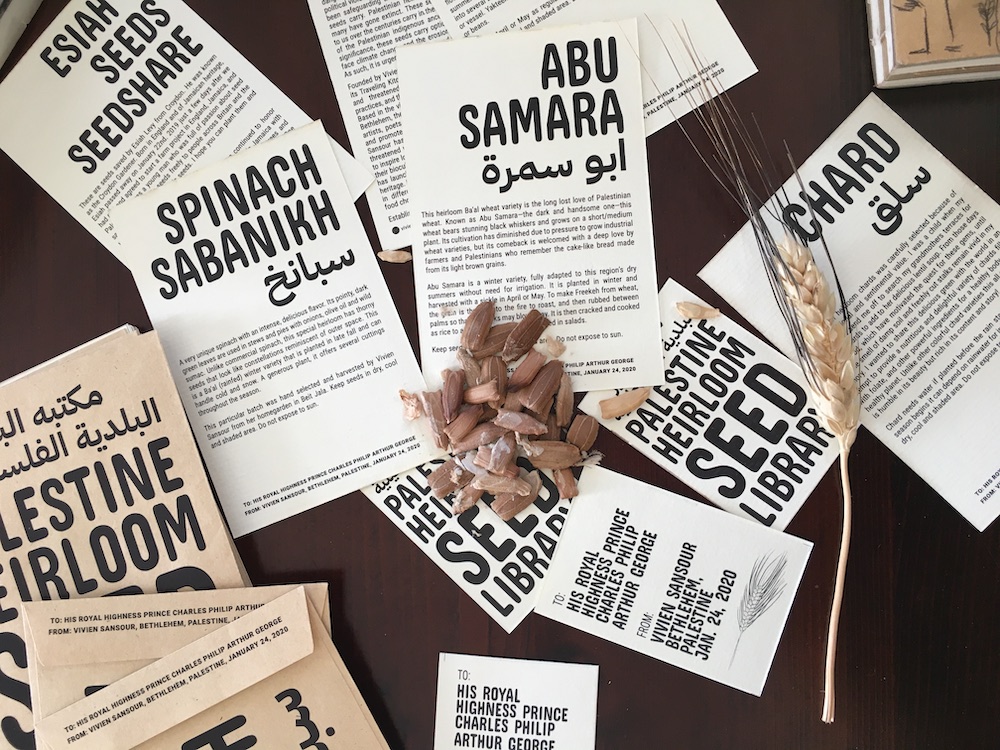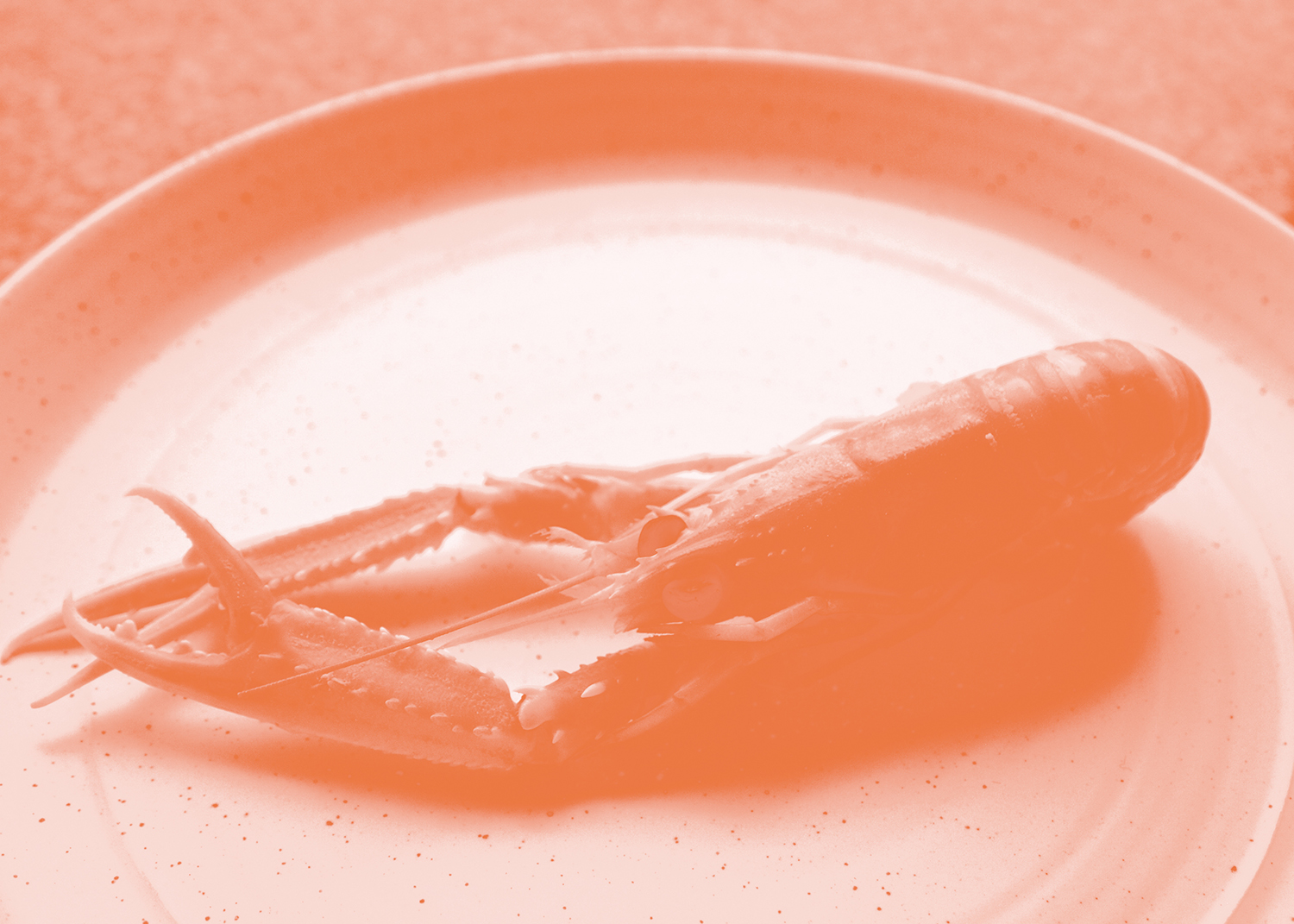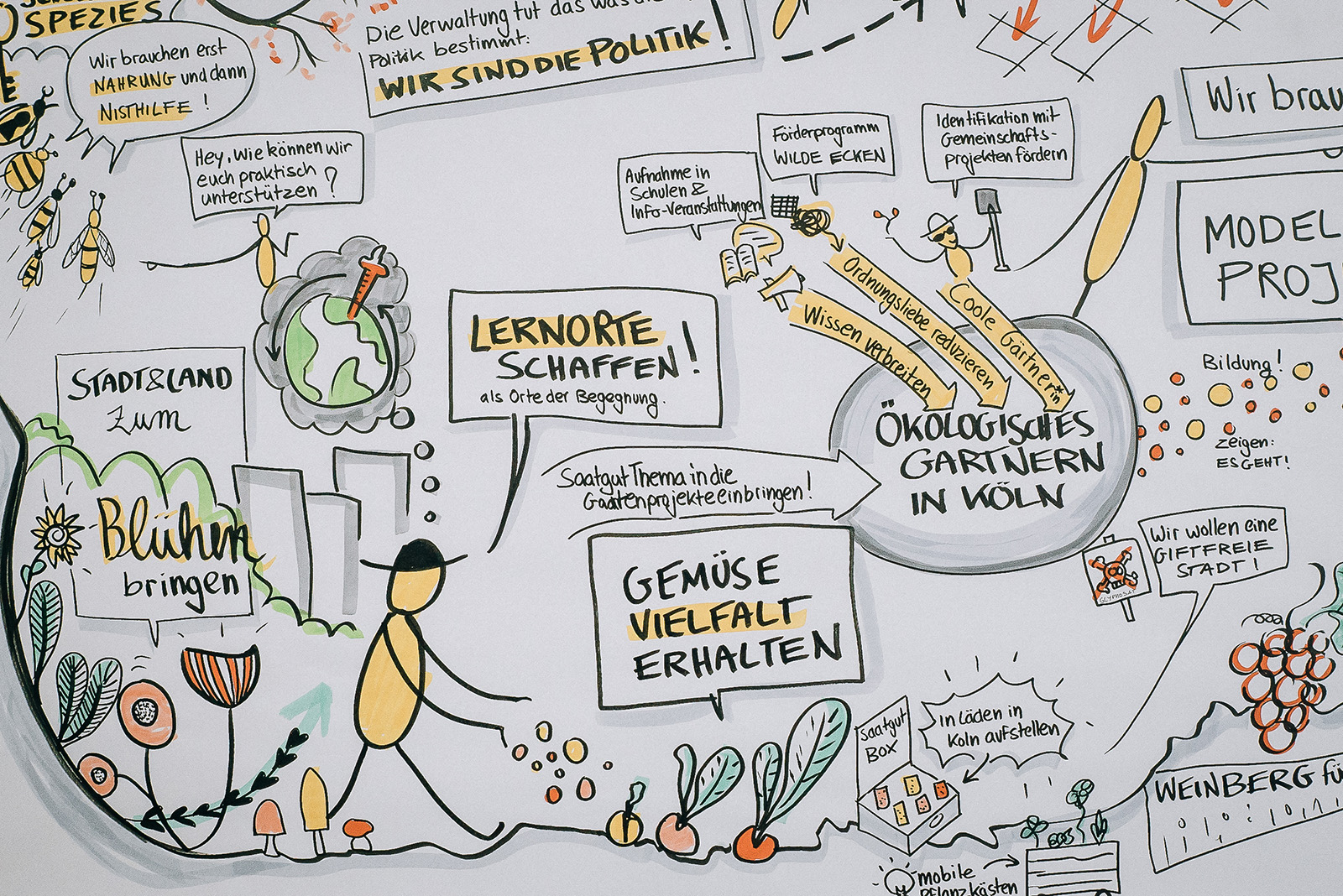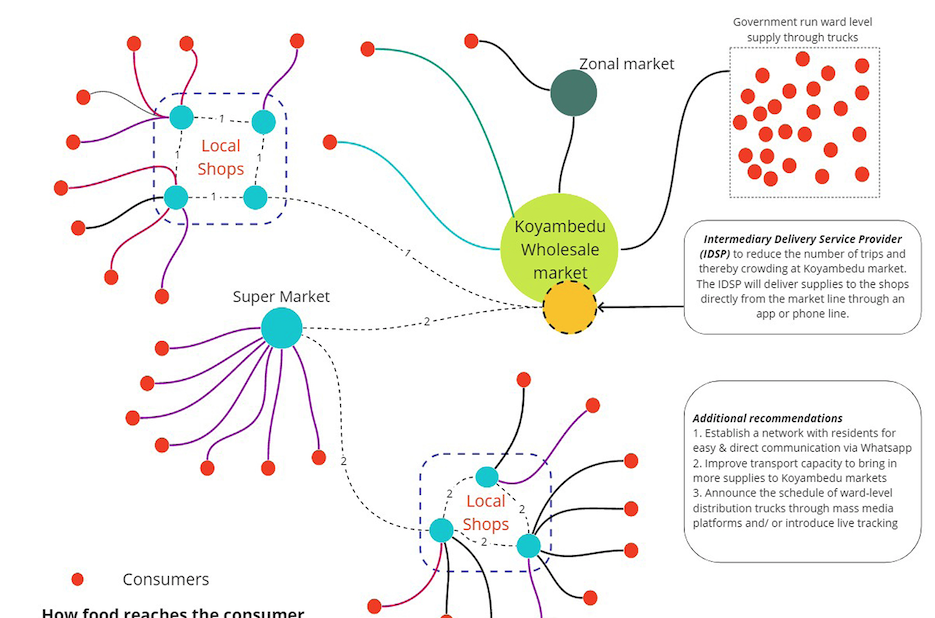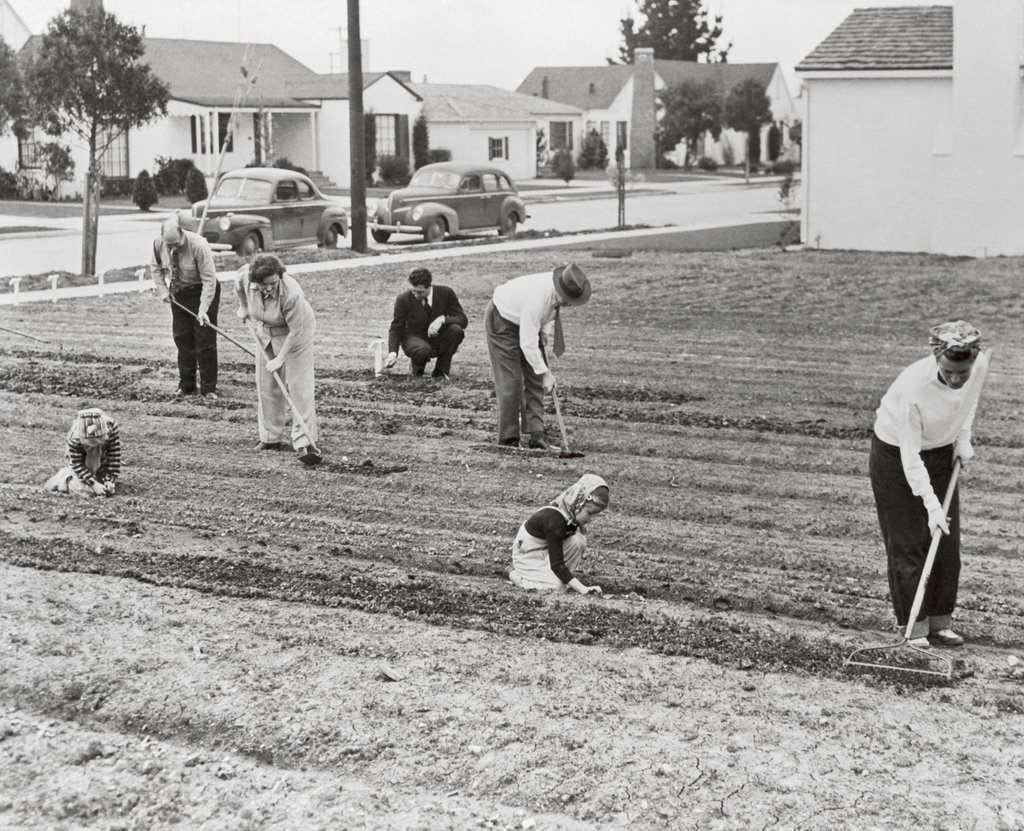This post is reprinted with permission from A Growing Culture. Subscribe to their new newsletter, Offshoot, here.
Justice is a hot topic in agriculture. We’re only just beginning to grapple with what it means to build a food system that does more than just provide calories, but one that also respects human rights and dignity. But that introduces a lot of thorny questions: what does justice look like in our incredibly complex world? What do we do when there is no consensus about what justice means in the context of food? How do we deal with the differences between theory and reality? Who should decide?
Obviously, we aren’t going to try to present some coherent Theory of Justice™ for the food system in a single newsletter. But there are some places we can start.
We can start by piggybacking on some existing philosophical frameworks and see how they apply to agriculture. (Caveat: Western philosophy is in dire need of decolonisation and diversification, so take it with a grain of salt, but it is a place to begin the conversation.)
We can start with the concept of justice itself. Books have been written on that topic, but the most common definition is that justice is the principle that “people receive that which they deserve.” Seems pretty simple. Then, of course, the next questions are “What, exactly, do people deserve?” and “Who decides?” Those are the harder questions.
In the context of food, though, we can start with the easy ones. People deserve to have enough food to survive and lead an active life. That’s something that most of us (we’d hope that all of us) can agree on. The definitions of food security, at least, agree with this statement and most of the world is behind those. We begin to diverge, however, when we take a more holistic picture of what’s important in the context of food. Do people deserve to have their preferences and cultural backgrounds taken into account when receiving this food, for example? In theory, we may all say yes. But then reality kicks in, and there are limited resources, and suddenly it becomes much more difficult to take all of these things into account fairly.
But it’s important to unpack this concept further because when we say that people deserve to have enough food, we aren’t specifying how they should obtain that food, especially if they are food-insecure or require some assistance in obtaining it. There are two big philosophical frameworks that apply to this question: distributive justice and rights.
Distributive justice is “concerned with the fair allocation of resources among diverse members of a community.” It has to do with how many goods are produced, the procedure by which they are distributed, and the ‘pattern of distribution’ that results (in other words, how do people end up after the procedure has been completed).
Food security is distributive justice in action. People deserve to have enough to eat, but because of poverty and inequality, they don’t. Therefore, we must distribute resources so that everyone has enough to eat. This usually translates into the wealthier and more-resourced parties (Minority World governments, international aid organizations, and philanthropy) deciding who should get what, and how. The justification for this approach often comes down to efficiency, urgency, and limited resources. It may not be a perfect conception of justice, the argument goes, but there are more than 1 billion people who need assistance right now, so we just need to get them the means to be food-secure as soon as possible. According to this view, considerations (such as cultural appropriateness or community engagements) are less weighty when people are starving or malnourished, so they need to wait until the more pressing situation dies down.
When we talk about rights, it’s referring to two main things: a freedom from something (the negative form) or an entitlement (the positive form). An example of the negative form would be the right to bodily autonomy; you are protected from someone else encroaching on your body. An example of the positive form would be the right to education, as this is something you are entitled to receive from someone else.
Food sovereignty concerns itself more with a rights-based account of addressing the question of what constitutes a just food system. People not only have a right to food, argues food sovereignty, but they also have a right to culturally appropriate food grown in ways that don’t harm the environment. Even further, food sovereignty advocates for the right of food producers to shape their own agricultural systems. In this way, it goes beyond the question of “what do people deserve” and also specifies who gets to decide. It’s mostly framed in the positive form of rights, but there are negative elements as well; for example, it often includes a freedom from the dumping of surpluses onto Majority World markets or freedom from corporate encroachment on local seed systems.
So we can understand food security as a distributive justice ethic, and food sovereignty as a suite of rights that mostly apply to food producers, but have secondary effects on everyone because of their impact on how food is grown. So what do these different ethics look like in the real world, when applied to a specific case?
We can consider this case, from a paper written by researchers Noll and Murdoch in 2019:
“Indigenous tribes living around the Columbia River have cultivated a special relationship with the salmon of the river since the beginning of their history. In fact, the land surrounding Columbia River’s Celilo Falls was a large trading area, where as many as 5000 people would gather to trade and fish. Today, Indigenous people of this region continue to use traditional fishing methods to harvest salmon from the Columbia River for a variety of purposes, such as commercial, ceremonial, and subsistence practices.
However, the waters of the Columbia River are now contaminated and dams impede the natural migration patterns of salmon. Tribal members have noticed that the fish are sick and/or deformed, with curved spines and unusual tumors. An Environmental Protection Agency (EPA) study found concentrations of mercury (PCBs), and (DDE) in salmon and concluded that a person eating an average of 48 meals a month from the contaminated catch will be 50 times more likely to develop cancer. Despite these findings and a push to replace fresh salmon with canned fish and other processed foods, tribal members still practice traditional methods of harvest and consume these fish.”
From a food security standpoint, justice is served if the Indigenous tribes are given access to an acceptable nutritional alternative to the salmon from the river (e.g. canned salmon). This is the approach that is actually being taken in reality to rectify this situation. “This fits FAO’s definition of food security, as the tribes could be given access to “safe and nutritious food” that would meet their dietary needs (FAO 2003). Thus, if we focus only on distributive justice or providing access to an adequate amount of food, then the problem appears to be solved in an acceptable manner.
The authors continue:
“However, food sovereignty would argue that providing communities with processed foods while destroying local food traditions produces a multiplicity of harms. This argument can be extended to models of food security, in general. Specifically, models based on distributive concepts of justice miss key ethical components of the contexts that they are applied to. Here it is important for tribal members to have access to food that is safe to eat, but the salmon contamination issue is not simply a matter of distribution or food access. Humans and salmon have a long‑standing relationship that is of both cultural and spiritual significance that cannot be displaced and, indeed, could be disrupted by the implementation of possible solutions that utilise food security models.
Efforts to rectify the situation based on more holistic conceptions of justice, such as those that form the basis for food sovereignty movements, would be more sensitive to the wide array of justice issues (such as ecological, social, cultural, health, etc.) that tribal members are facing in this situation. Proposed solutions made by the tribes themselves include various strategies to mitigate the effects of the contamination for the better health of all involved, including the river basin ecosystem, the salmon, and the people (as well as the commercial viability of the fisheries).” (p. 11-13)
So we can take a few things away here. The first is that we believe a rights-based ethic of some kind is probably the most appropriate for agriculture, instead of a distributive ethic because of the complexity that food systems introduce. They are not simply about adequate caloric intake, but also about a multitude of other factors that must be taken into account if we wish to truly call the system just.
But there are a lot of unanswered questions about a rights framework for agriculture—who is supposed to be the guarantor of those rights? Is it governments? What problems might come with that? Can we have rights without a specific guarantor? What happens when a right is violated, but it’s not entirely clear who the perpetrator is?
These are the questions that we grapple with internally—when we talk about justice, what do we mean, exactly? Even though our work centers around justice, we’re still figuring out what that means for each of us, and what we might be leaving out of our working understanding of the topic. More importantly, our partners have different definitions of justice based on their unique contexts and struggles, so we aren’t trying to come to one unified definition, but rather trying to recognize and fight to protect all of the different understandings of the concept.
- The Politics of KnowledgeThis series from the Global Alliance for the Future of Food is a fantastic breakdown of the current body of knowledge on methods like agroecology, and why they don’t always get the recognition they deserve. The entire series explores how knowledge is inherently political, and why we must take different knowledge systems into consideration when we talk about the future of food.
- The Collapse of NeoliberalismThis article is a great breakdown of the rise and fall of neoliberalism, and how it’s been replaced more recently with technocracy (and why that’s dangerous). It’s not explicitly related to agriculture, but the parallels are pretty clear. We particularly liked the part on technocracy and how it’s the natural evolution for the next stage of neoliberalism.
- This post from Atmos about how storytelling can change our brains and hearts. We’re big believers in the power of storytelling at A Growing Culture because it’s what we believe truly invites people into movements. This post is a beautiful breakdown of that process.
